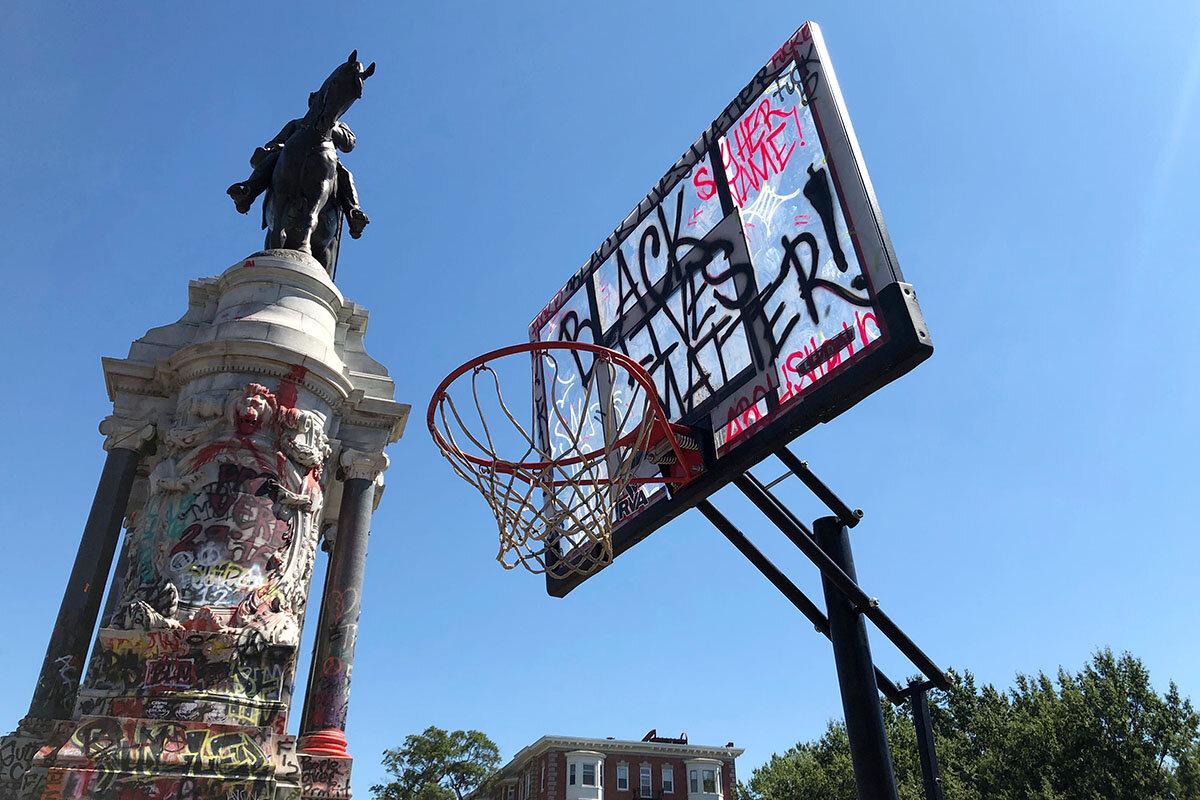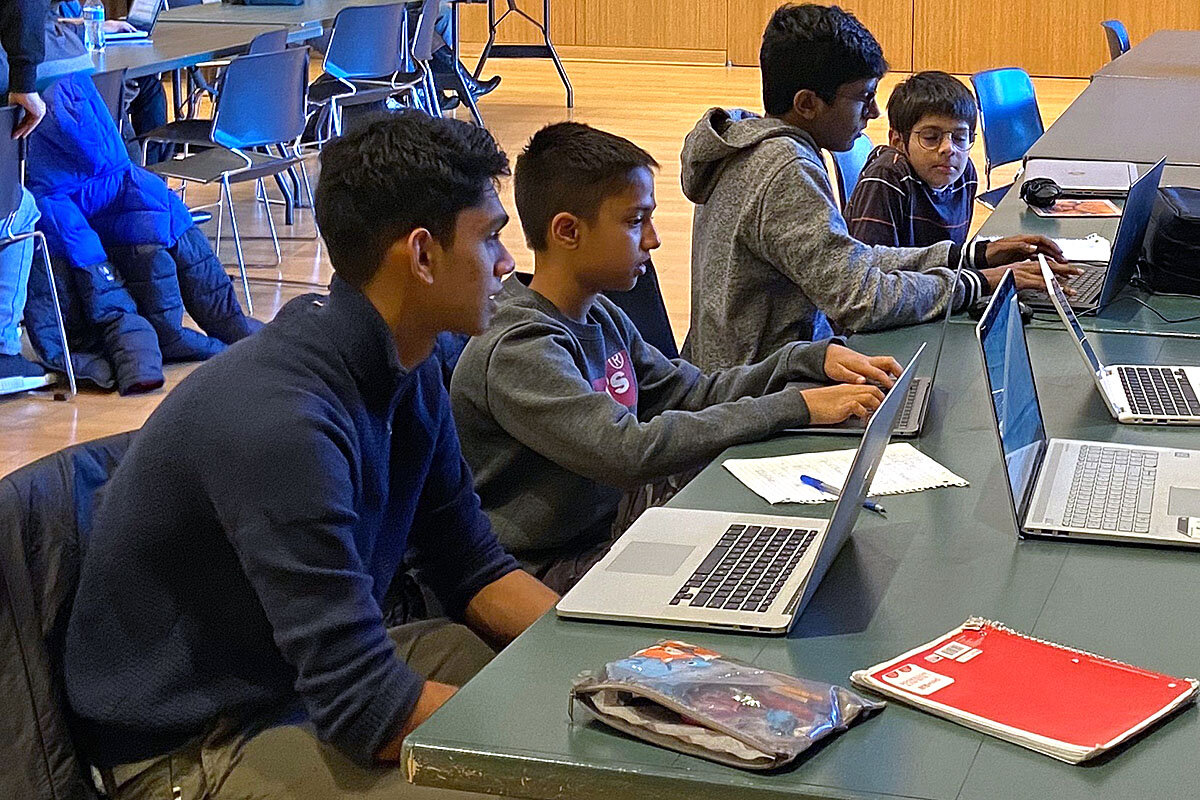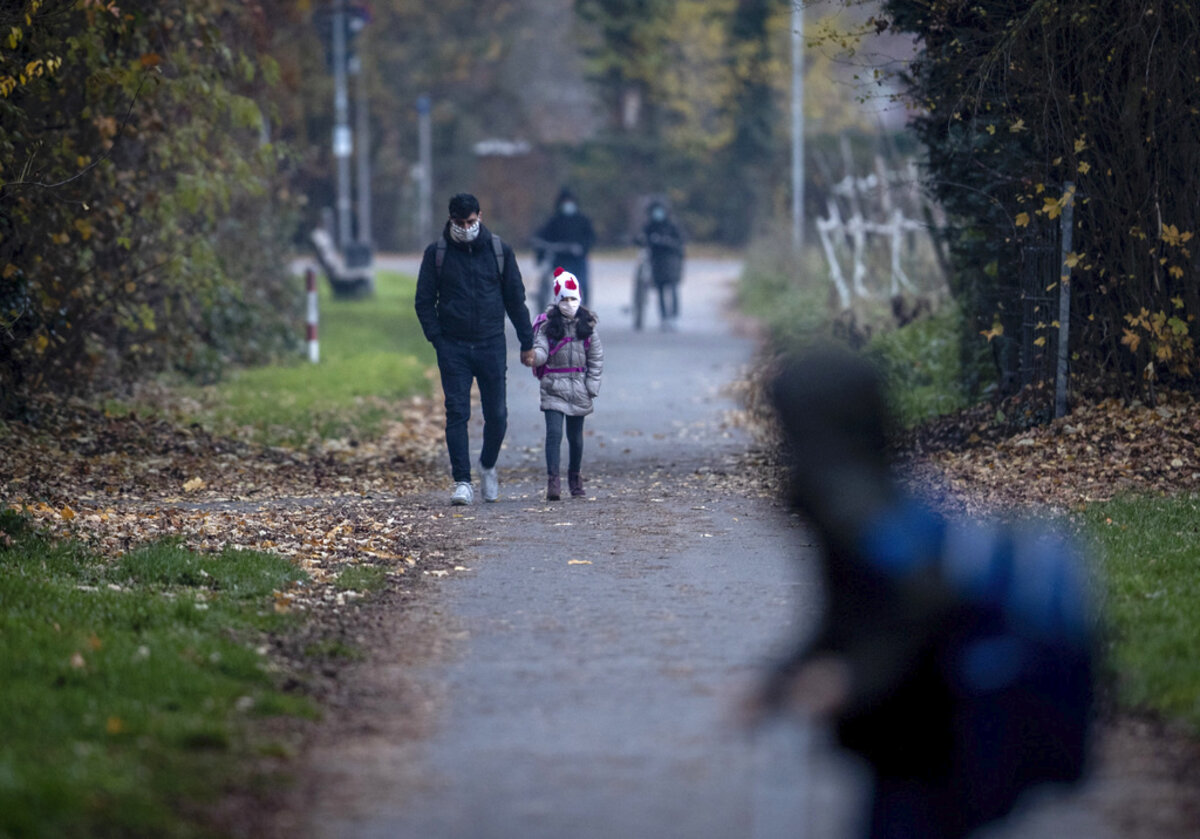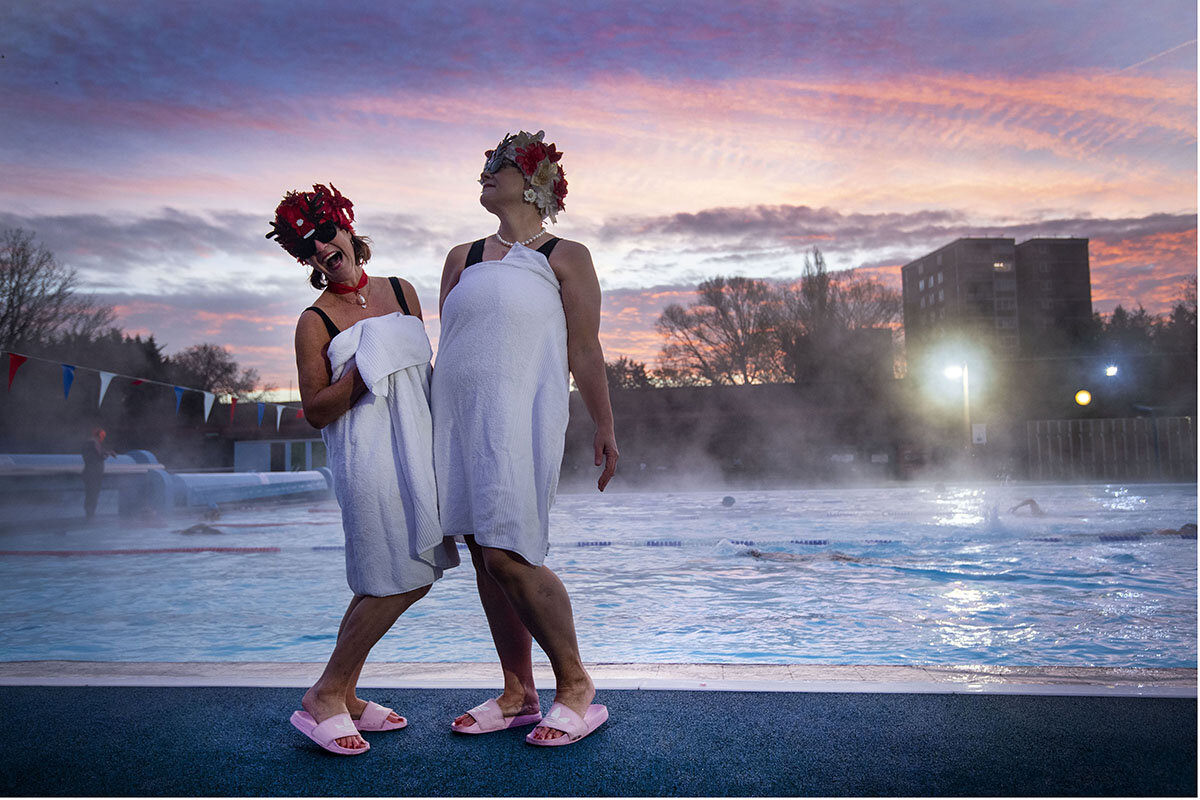America has long had an outsize role in the lives of Palestinians. The feeling among many is that a new president could help, but a much deeper recalibration is essential.
Monitor Daily Podcast
- Follow us:
- Apple Podcasts
- Spotify
- RSS Feed
- Download
 Mark Sappenfield
Mark Sappenfield
Anne McCloy might have just stumbled across the secret of journalism. It came in the form of a sobbing man in the parking lot of her television station. He wanted someone, anyone, to listen to him about his difficulties getting coronavirus-related unemployment insurance benefits. Then came another person with the same problem. And another. So she mentioned them in one of the governor’s press conferences. By now, she has forwarded 3,500 people to the governor’s office for help.
An article in the Atlantic asks: Is it her job to help the state of New York do its job better? No. But something else happened, too. She became a hero. One man said her help lifted him from suicidal thoughts. Another called her “an angel.”
First and foremost, journalism must inform. At a moment when facts are chronically disputed, that is vital. But is it enough? Can journalism be so connected to the communities it serves that it uplifts, helps, and gives hope? In truth, this has always been the engine of the best journalism – a desire to serve. But the collapse of the industry and the nature of news might offer a further nudge. The news organizations of the future might not just be those whose facts you trust, but who make it clearest how they’re working with their communities to make the world better.










